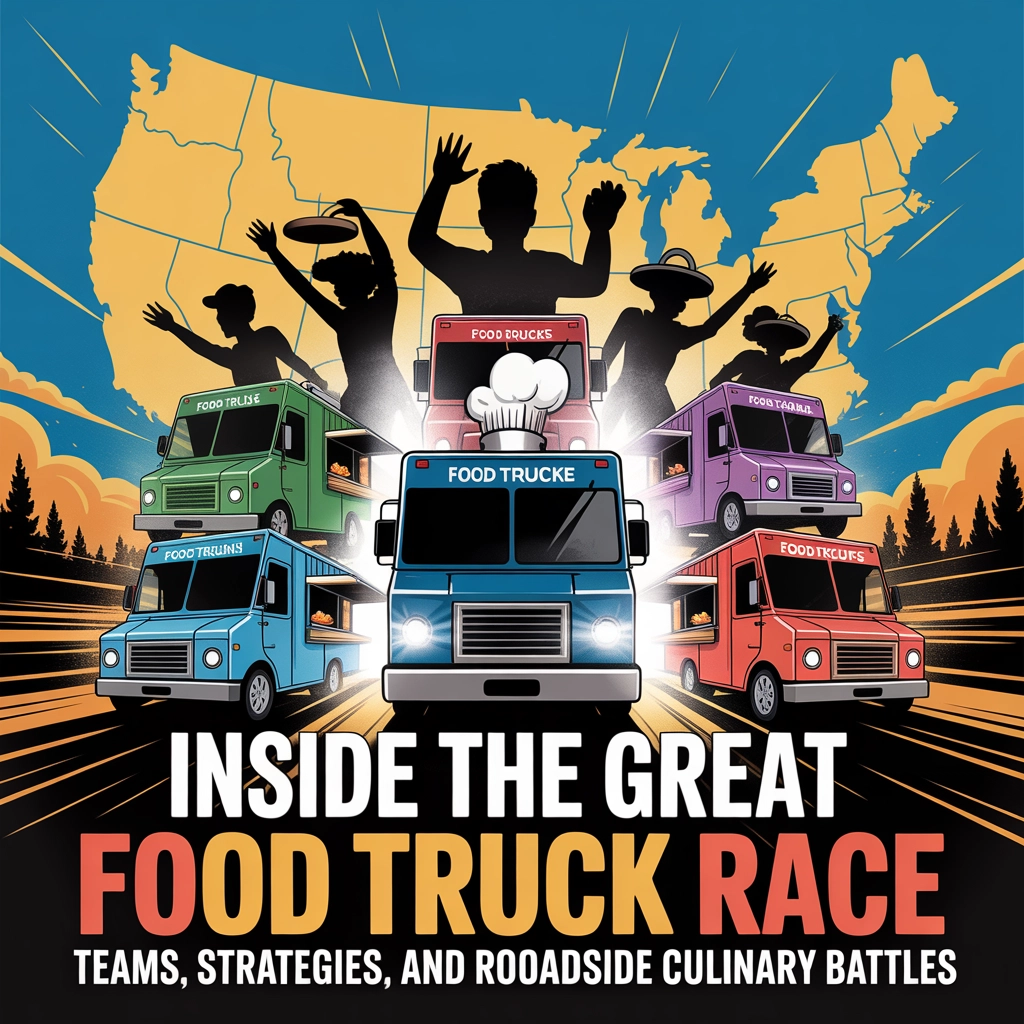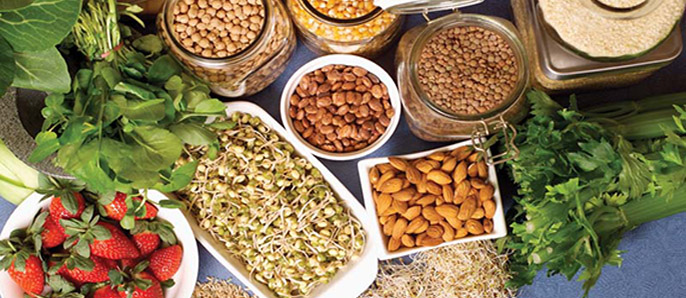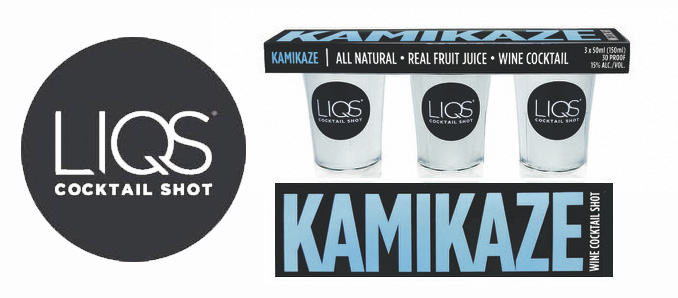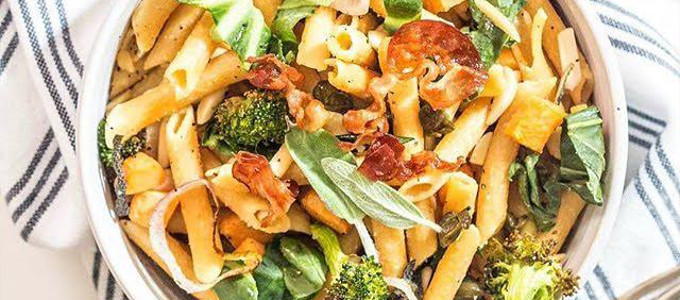If you ask just about any foodservice pro, running a successful food truck is a masterclass in creative hustle, rapid adaptation, and real-world culinary grit—and nowhere is that grind more visible than on Food Network’s hit competition, The Great Food Truck Race. It’s not just a cooking show; it’s a rapid-fire business bootcamp with punishing curveballs and million-dollar learning moments for everyone in the food, beverage, and hospitality industry.
From wild parking spot warfare to menu pivots and truck-stopping challenges, every episode is a real-world case study in mobile F&B operations. Whether you run a restaurant, manage a bar program, or dream of launching your own food truck brand, there’s a goldmine of strategies and war stories tucked into every season.
What Is The Great Food Truck Race?
Launched by Food Network and helmed by restaurateur Tyler Florence, The Great Food Truck Race pits teams of culinary hopefuls against each other in a cross-country faceoff. Each team gets a branded food truck (sometimes their own, sometimes provided as part of the contest) and a shot at entrepreneurship glory. The grand prize? $50,000 and sometimes ownership of the custom-built truck itself.
The format is part road trip, part culinary challenge, part sales showdown—perfect for drawing on-the-ground lessons about food entrepreneurship, mobile operations, teamwork, and guest engagement.
The Anatomy of Competition: How It Works
Each new season sees teams (typically made up of three members: chef/lead, sous, and front-of-house/sales) racing from city to city, battling for the top sales spot week after week. The rules seem simple but are designed to expose—and sharpen—every weakness:
- Teams roll into a new city, often unfamiliar with the region, market, or community tastes.
- Each weekend brings a new sales challenge: sell the most and avoid being the lowest earner, or face elimination.
- Truck Stops: Culinary challenges judged by local food heroes or celebrity chefs. Win a Truck Stop, get a major reward or advantage.
- Speed Bumps: Show-produced chaos—everything from forced menu changes (vegan day!) to limiting sales or banning ingredient restocks.
No matter your foodservice background, there’s one thing you learn quickly: flexibility, guest interaction, and a razor-sharp understanding of food costs are the essential ingredients.
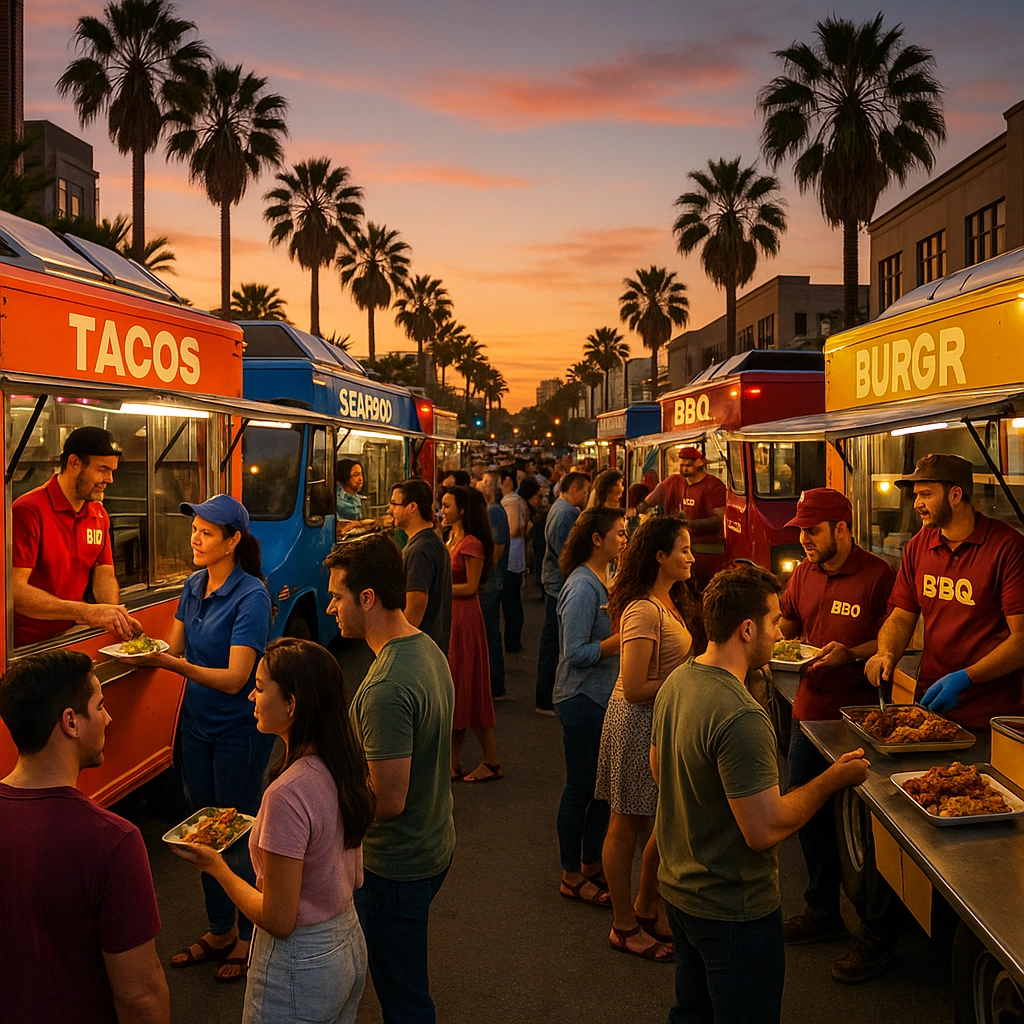
Deep Dive: The Challenges That Make (or Break) Teams
Truck Stops – More Than Just Cooking
Truck Stops are game-changing curveballs. Sometimes teams have to create signature regional fare for under $5, or whip up a five-course meal frontier style. Other times, they might need to cook with strange new ingredients (think: cactus or banana).
These challenges simulate “Olympic-level” catering—think off-premise, unpredictable settings—which is why they often spotlight the teams’ ability to ideate, plan, and efficiently execute under the eye of guest judges. For businesses watching at home: these are pressure tests your own teams might face at festivals, catering gigs, or high-volume pop-ups.
Speed Bumps – Crisis Management on Wheels
There’s no hiding from a Speed Bump. One week, it’s vegan-only cooking; next, the trucks can’t restock, can’t drive, or must sell menu items for two bucks or less. Sometimes, they’re forced to relocate, upend the menu, or weather a literal storm. These stunts aren’t just TV drama—they’re a business survival toolkit in disguise.
Owners who’ve spent a day selling at the mercy of generator failures, HOA rules, or festival mishaps know: any day can throw a surprise Speed Bump. The best survive (and thrive) by improvising, leveraging team strengths, and staying laser-focused on sales.
Location, Location, Location
Picking the right spot can be the difference between top sales and going home. Teams study foot traffic, local events, and city regulations, just as any experienced operator would. A miss here—setting up in a quiet lot or poorly trafficked park—has sent plenty of talented cooks packing.
As we’ve spotlighted in our feature on menu engineering, even great food can’t save you from poor site strategy. In mobile food, location IS king.
Meet the Teams: Personalities, Backgrounds, and Tactics
A hallmark of The Great Food Truck Race is casting diverse teams drawn from across America’s food landscape. Each group brings its own strengths, weaknesses, and battle plans. Some are family businesses, others are friends-turned-business-partners, and every season introduces teams with zero food truck experience trying to outsmart seasoned truckers.
- Front-of-house wizards: Teams with dynamic personalities (think Amawele’s or Maybe Cheese’s) who turn the sales window into a stage, drawing crowds with humor, energy, and fast service.
- Kitchen-driven leaders: Groups where technical culinary skills shine—quick, consistent cooking wins the day, especially under pressure.
- Strategists: Those who study local tastes, adapt their menu on a dime, or hustle to promote on social media and grab “event” traffic.
But every successful team has a common thread: they spend wisely, promote relentlessly, and operate as a true unit. Weak communication or poor time management? It’s usually a one-way ticket home.
Strategies for Winning the Race
In interviews with past contestants and expert analysis from Food & Beverage Magazine contributors, several core strategies emerged for truck teams—and these apply far beyond TV:
- Work the Crowd: The best teams don’t just serve food—they work the street. They greet passersby, offer samples, and play up their story to generate buzz (just like any strong F&B promotion strategy).
- Menu Adaptability: Winners build compact, flexible menus that emphasize speed, low food cost, and regional relevance—mirroring what we tell clients about menu engineering for mobile ops or festivals.
- Financial Discipline: From cash box management to bulk buying and cross-utilizing ingredients, nimble teams know how to stretch every dollar—vital for any operator facing variable crowd sizes and supply hiccups.
- Team Unity: The food truck is a pressure cooker; strong roles, clear communication, and empathy win out.
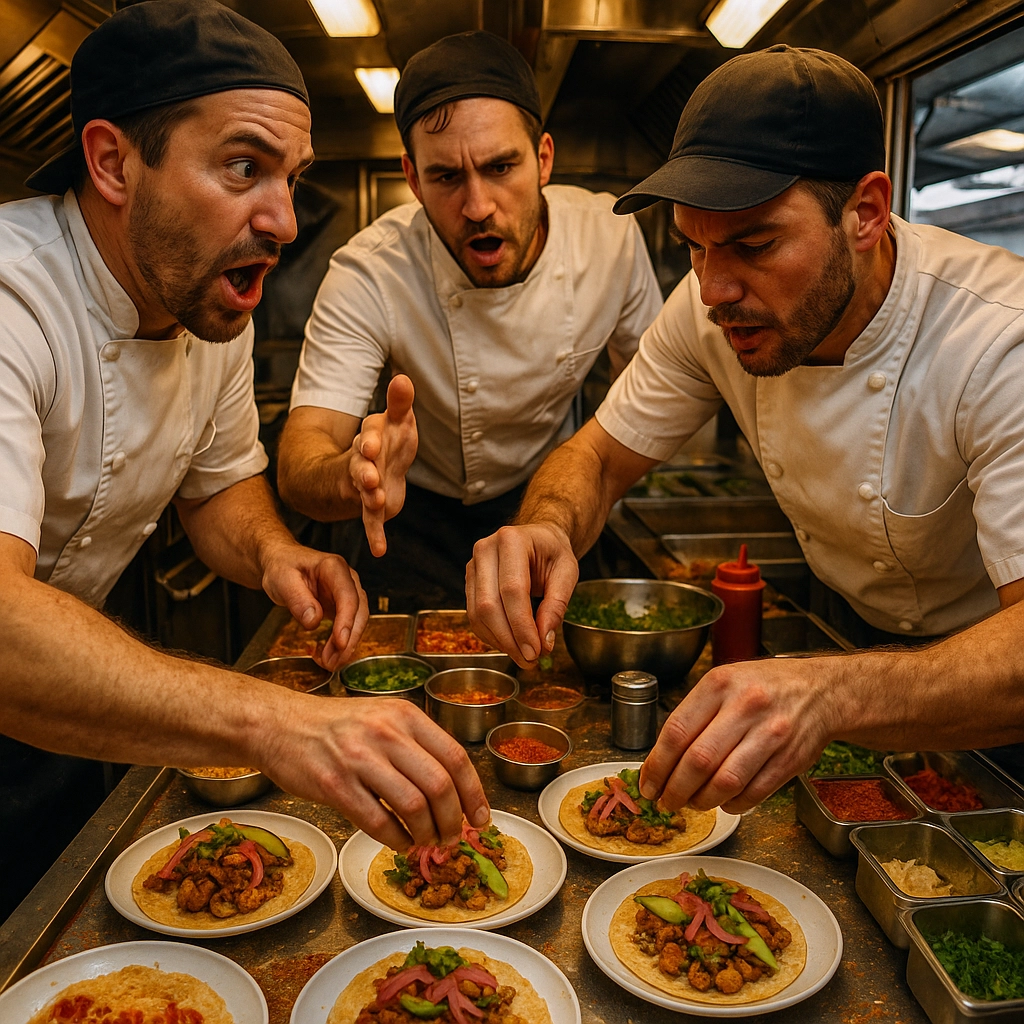
Fresh From the 2025 Season: Roadside Rivalries and Lessons
This summer’s race has upped the ante. The show opened savagely with nine teams hitting Savannah, Georgia, including guest appearances by the wild Savannah Bananas baseball team. From there—straight up the South Atlantic, tackling everything from Gullah-inspired cooking in Charleston (with judges Kardea Brown and Rodney Scott) to speed-selling at Myrtle Beach.
The stakes this season? Not only the $50,000 cash prize, but a career-defining moment: in the finale, the two top trucks will serve dishes aboard a Nimitz-class aircraft carrier at Naval Station Norfolk, a true honor and logistical test.
This year, business acumen has proven just as critical as food chops. Location mistakes, botched shopping trips, or slow line management have derailed otherwise strong teams—reminding even veteran operators that every system matters, from point-of-sale to prep schedules.
For a closer look at how innovative chefs solve cost and labor problems on the fly, check our sit-down with industry leaders: Behind the Scenes with Innovative Chefs: Labor Cost Solutions.
What Hospitality Pros Can Learn
Whether you’re eyeing your first food truck or managing a bustling resort kitchen, the lessons of The Great Food Truck Race cut across every channel of our business:
- Adapt or Die: Shifting menus and fast pivots are the norm, not the exception, in today’s food world.
- Customer Engagement Rules: A personal story, a friendly face, or a moment of theatre can drive sales in a saturated market.
- Efficiency Equals Profit: From walk-up window speeds to streamlined menu engineering, operational discipline is a profit multiplier.
- Resilience is the X-Factor: Winning teams thrive on adversity, using each Speed Bump as a growth play rather than a setback.
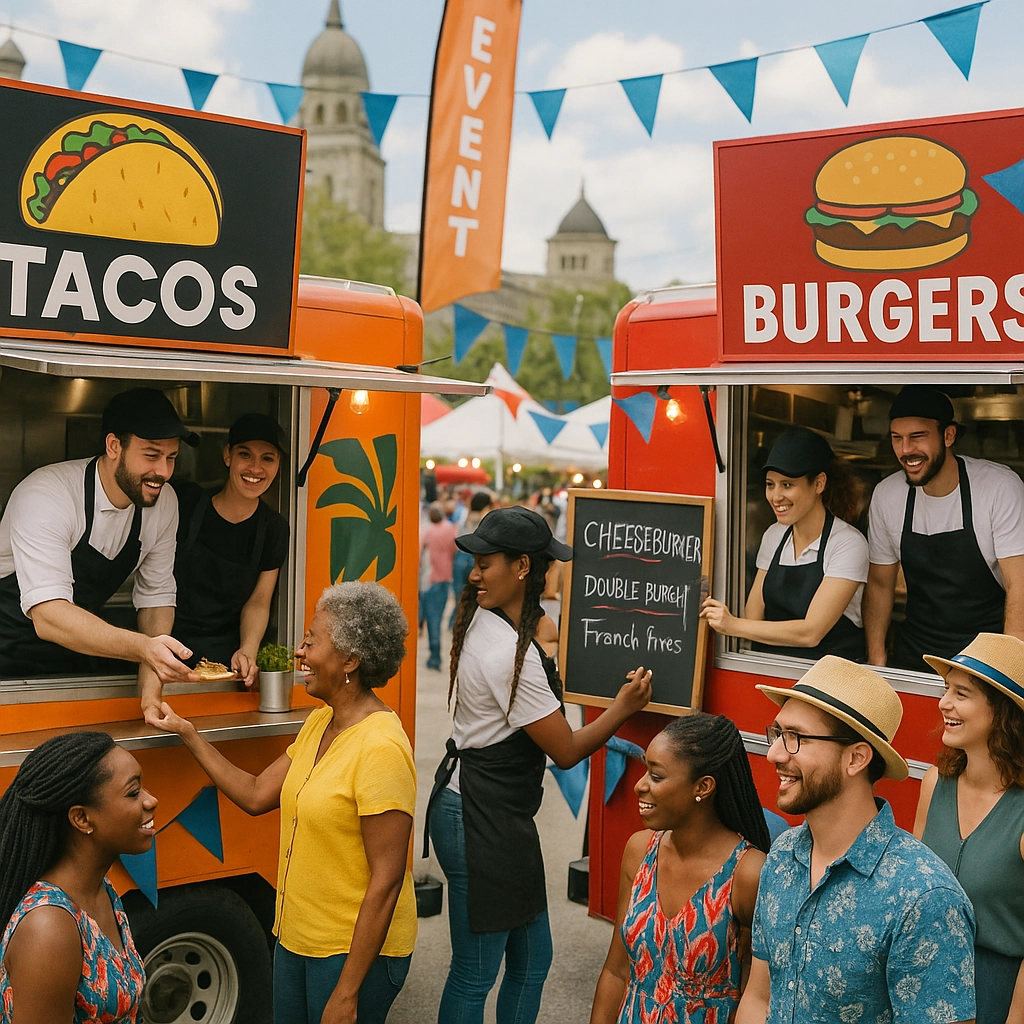
The Real-World Impact: Beyond the TV Show
For food and beverage professionals, The Great Food Truck Race is more than entertainment. It’s an open playbook for building brands in a competitive and ever-changing landscape. Watch an episode, and you’ll recognize familiar battles—unpredictable weather, supplier snafus, tough city inspectors, social media triage.
Apply these lessons, and you’ll be better equipped to launch festival concepts, add revenue streams, or simply sharpen your business edge. Sometimes, the winner isn’t the one with the fanciest truck, but the one who out-hustles, out-adapts, and out-smiles the competition.
Ready to sharpen your sales, boost your efficiency, or make your next pop-up a runaway hit? Dive deeper with more industry insights at Food & Beverage Magazine, where you’ll find expert interviews, trend reports, and actionable tactics drawn from the front lines of food entrepreneurship.
Want to weigh in, share your food truck war stories, or brag about your favorite team? Drop your comments below—we’d love to hear how you’d conquer The Great Food Truck Race.
Written by Michael Politz, Author of Guide to Restaurant Success: The Proven Process for Starting Any Restaurant Business From Scratch to Success (ISBN: 978-1-119-66896-1), Founder of Food & Beverage Magazine, the leading online magazine and resource in the industry. Designer of the Bluetooth logo and recognized in Entrepreneur Magazine's “Top 40 Under 40” for founding American Wholesale Floral. Politz is also the founder of the Proof Awards and the CPG Awards and a partner in numerous consumer brands across the food and beverage sector.



